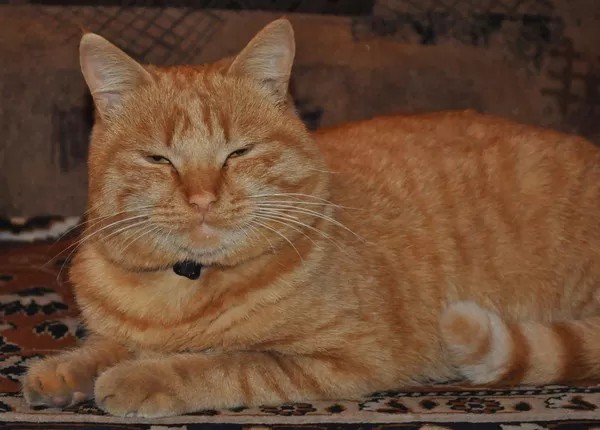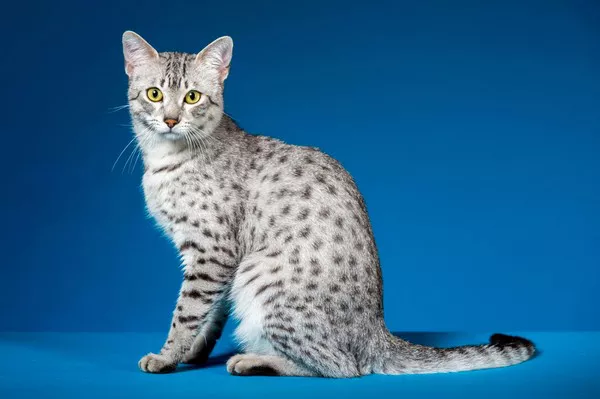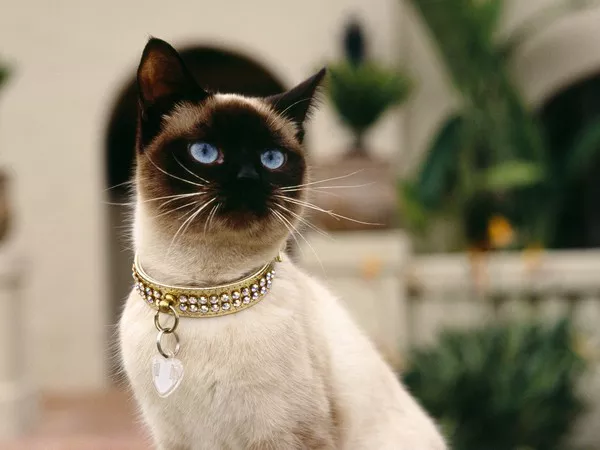Cats, with their enigmatic charm and independent nature, have captivated humans for millennia. From ancient Egyptian deities to cherished household companions, these feline creatures hold a special place in human history and culture. Yet, the origins of cats remain shrouded in mystery, with their domestication and evolutionary journey raising intriguing questions for researchers and enthusiasts alike. In this comprehensive exploration, we delve into the origins of cats, tracing their evolutionary lineage, domestication process, and enduring impact on human civilization.
Ancient Ancestors: The Felidae Family Tree
The Felidae family, encompassing all extant and extinct cat species, traces its ancestry back millions of years to the early Miocene epoch. Within this diverse family tree, the genus Felis, which includes the domestic cat (Felis catus), holds a prominent place. Molecular studies and fossil evidence provide valuable insights into the evolutionary relationships among modern cat species and their ancient ancestors.
One of the earliest known felids, Proailurus, emerged approximately 25 million years ago in Eurasia. With its small size and arboreal lifestyle, Proailurus represents a pivotal stage in the evolution of cats, displaying characteristics shared by both modern cats and their distant relatives.
The evolutionary trajectory of felids continued with the emergence of more specialized forms, such as Pseudaelurus, a cat-like carnivore that roamed Eurasia and Africa around 10 million years ago. Pseudaelurus exhibited adaptations suited for hunting in diverse habitats, laying the groundwork for the evolutionary success of subsequent cat species.
The Rise of the Domestic Cat: From Wild Hunters to Feline Companions
The domestic cat, Felis catus, represents a unique case of domestication intertwined with human civilization. While the exact origins of cat domestication remain debated, genetic and archaeological evidence suggest a complex and multifaceted process spanning thousands of years.
Recent genetic studies indicate that cats were likely domesticated in the Near East around 9,000 years ago, coinciding with the emergence of early agricultural settlements. Unlike dogs, which underwent a more structured and deliberate domestication process, cats may have initially self-domesticated through a commensal relationship with humans.
Early agricultural societies provided an abundance of prey species, attracting wildcats to human settlements in search of food. Over time, mutual benefits emerged from this interaction, leading to a gradual shift in cat behavior and a closer association with humans.
Archaeological findings, such as cat remains buried alongside humans in ancient gravesites, attest to the special significance of cats in early human societies. In ancient Egypt, cats attained a revered status, symbolizing fertility, protection, and divine grace. The widespread depiction of cats in Egyptian art and mythology reflects their central role in daily life and religious rituals.
Tracing Cat Lineages Around the Globe
The genetic diversity of domestic cats reflects their complex evolutionary history and diverse geographical origins. Through comprehensive genomic analyses, researchers have unraveled the genetic relationships among different cat populations worldwide, shedding light on patterns of dispersal and admixture.
Genetic studies reveal distinct cat lineages associated with specific geographic regions, reflecting historical migration patterns and human-mediated dispersal. For example, the Near Eastern lineage, characterized by genetic markers indicative of early domestication events, has spread across Europe, Africa, and Asia through human migration and trade routes.
In contrast, the European and Mediterranean lineages exhibit greater genetic diversity, reflecting multiple waves of migration and interbreeding between domestic and wildcat populations. These lineages encompass a rich tapestry of cat breeds and regional variations, each shaped by unique environmental pressures and cultural influences.
The genetic legacy of ancient cat populations persists in modern domestic breeds, offering valuable insights into their evolutionary origins and adaptive traits. By studying the genomes of diverse cat populations, researchers can unravel the complex interplay between genetic variation, breed development, and human selection pressures.
Cultural Significance and Symbolism of Cats
Cats have not only left their mark on the genetic landscape but also played a significant role in human culture, folklore, and symbolism. Throughout history, cats have been associated with various mythologies, beliefs, and superstitions, reflecting their dual nature as hunters and companions.
In ancient Egypt, cats were revered as manifestations of the goddess Bastet, symbolizing fertility, protection, and maternal care. The ancient Egyptians worshipped cats as divine beings, adorning them with jewelry, housing them in temples, and mummifying them alongside their human counterparts.
In medieval Europe, cats became associated with witchcraft and superstition, leading to widespread persecution and mass extermination during the witch hunts of the Middle Ages. The negative portrayal of cats as familiars of witches and agents of evil persisted for centuries, contributing to their vilification in popular culture.
Despite periods of persecution and misunderstanding, cats have endured as cherished companions and cultural icons. In literature, art, and folklore, cats have been celebrated for their grace, agility, and mysterious allure. From the mischievous antics of Cheshire Cat in Lewis Carroll’s “Alice’s Adventures in Wonderland” to the wise and enigmatic portrayal of the Cat in the Hat by Dr. Seuss, felines have captured the imagination of readers and audiences worldwide.
Preserving Cat Diversity and Protecting Wild Populations
As we unravel the mysteries of cat origins and cultural significance, it is essential to recognize the importance of conserving cat diversity and protecting wild populations. Human activities, including habitat destruction, poaching, and climate change, pose significant threats to wildcat species worldwide.
Conservation efforts aimed at safeguarding endangered cat species, such as the African lion, Amur leopard, and Iberian lynx, are crucial for ensuring their survival in the face of mounting pressures. Through habitat preservation, captive breeding programs, and community outreach initiatives, conservation organizations strive to mitigate the threats facing wildcat populations and promote coexistence between humans and wildlife.
In the realm of domestic cats, responsible breeding practices, adoption initiatives, and advocacy for spaying and neutering programs play a vital role in addressing issues such as overpopulation and welfare concerns. By promoting responsible pet ownership and fostering awareness of cat welfare issues, we can create a brighter future for both domestic and wildcat populations alike.
See Also: 10 Smartest Cat Breeds
Conclusion:
The origins of cats encompass a rich tapestry of evolutionary, cultural, and symbolic significance, spanning millions of years of history and human interaction. From their humble beginnings as solitary hunters to their enduring role as beloved companions, cats continue to fascinate and inspire us with their grace, intelligence, and resilience. As we navigate the complexities of cat domestication and conservation, let us cherish and protect these magnificent creatures for generations to come.


























